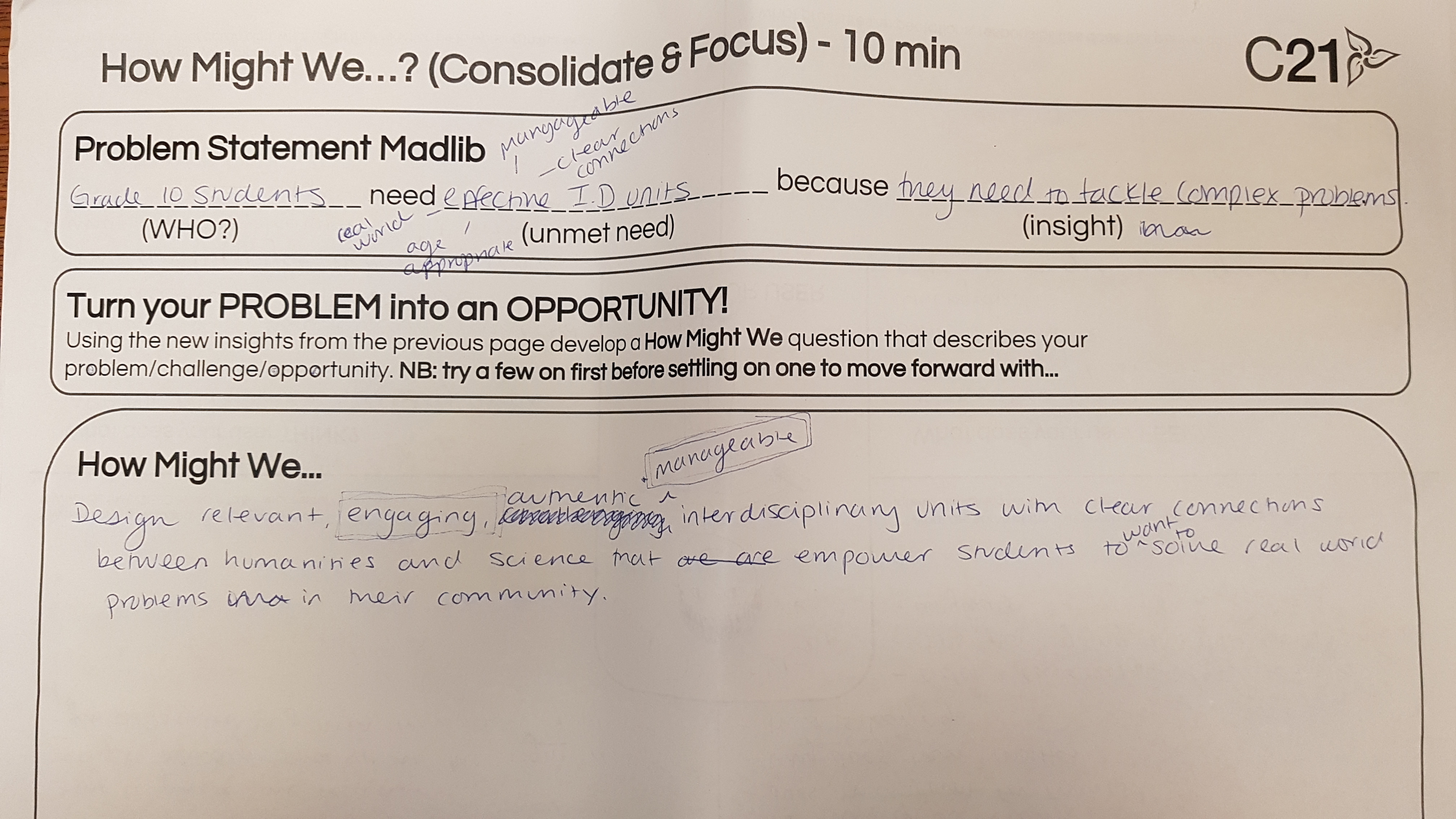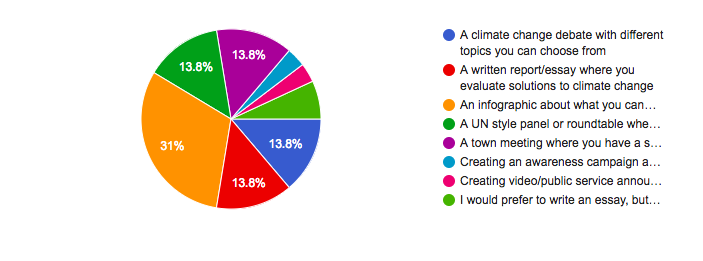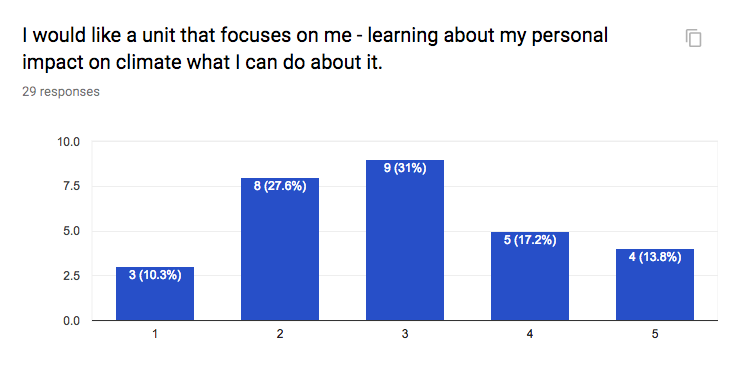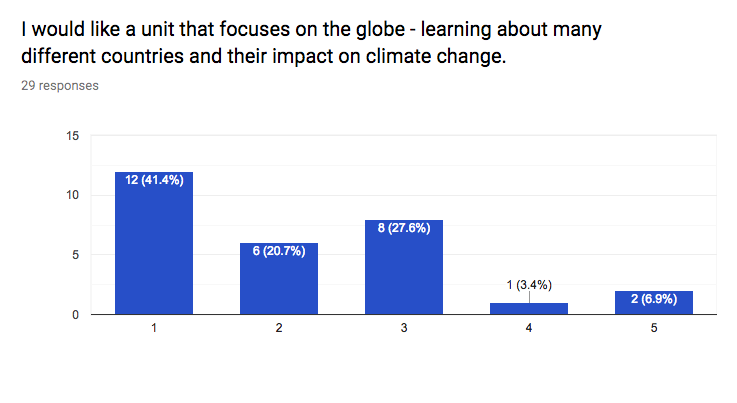When I left for the March break I was feeling rather down. Certain events had happened between some students at school that were making me feel depressed and shameful. I was becoming discouraged by the narcissism I was seeing around me and feeling responsible yet powerless at the same time. I started wondering whether my personal observations of an increase in self-centred behaviour over the years was unique to me. Are young people really becoming more self-involved? If so what are the long term effects and what can we do about it?
![]() It turns out I’m not the only one with anecdotal evidence of a rise in narcissism. There are plenty of psychology articles out there that claim the same. The current celebrity university admissions scandal seems to further prove my point. Increased social pressure to achieve academic success is an obvious contributor to the problem. If you are so focused on yourself and your needs and your goals, how do you have the time, energy or desire to think about others? Participating in volunteer work and service initiatives becomes an exercise in the betterment of your resume not your community. Social media may also be partly to blame as people are constantly trying to promote themselves and get “likes” etc…I have also read, however, that your personality is pretty well established before you are old enough to join any of these social media platforms. Other psychologists suggest that smaller families, less time for free social play and too much unwarranted praise might also be contributing to a general decline in empathy in today’s society.
It turns out I’m not the only one with anecdotal evidence of a rise in narcissism. There are plenty of psychology articles out there that claim the same. The current celebrity university admissions scandal seems to further prove my point. Increased social pressure to achieve academic success is an obvious contributor to the problem. If you are so focused on yourself and your needs and your goals, how do you have the time, energy or desire to think about others? Participating in volunteer work and service initiatives becomes an exercise in the betterment of your resume not your community. Social media may also be partly to blame as people are constantly trying to promote themselves and get “likes” etc…I have also read, however, that your personality is pretty well established before you are old enough to join any of these social media platforms. Other psychologists suggest that smaller families, less time for free social play and too much unwarranted praise might also be contributing to a general decline in empathy in today’s society.
![]() What are the long term consequences of a self-centred culture? I can speculate, but frankly I don’t know. What I do know is that the world is actually better off now than it has been in the past in a lot of ways. For example, there has been a huge reduction in extreme poverty globally from 43% in 1981 to 14% in 2011 according to the World Bank. There’s also progress in literacy and education rates, health care and technology. There are still, of course, many challenges to sustaining this development while minimizing our environmental impact. The most imminent danger that threatens to derail all the progress we have made and need to continue to make is climate change. If we are living in a world where people are becoming more self-centred, how can we get them to care enough about this issue to do something about it? Can we teach our students empathy? Can we harness their narcissism for good? I think the answer is we can do both. I can try my best to give students the opportunities and experiences to see how their actions have consequences for others and make a change. If all else fails then at least maybe I can get them to care enough about their own futures to do something to make it better.
What are the long term consequences of a self-centred culture? I can speculate, but frankly I don’t know. What I do know is that the world is actually better off now than it has been in the past in a lot of ways. For example, there has been a huge reduction in extreme poverty globally from 43% in 1981 to 14% in 2011 according to the World Bank. There’s also progress in literacy and education rates, health care and technology. There are still, of course, many challenges to sustaining this development while minimizing our environmental impact. The most imminent danger that threatens to derail all the progress we have made and need to continue to make is climate change. If we are living in a world where people are becoming more self-centred, how can we get them to care enough about this issue to do something about it? Can we teach our students empathy? Can we harness their narcissism for good? I think the answer is we can do both. I can try my best to give students the opportunities and experiences to see how their actions have consequences for others and make a change. If all else fails then at least maybe I can get them to care enough about their own futures to do something to make it better.
In thinking about my action plan and my observations of negative student behaviour I have really been focusing lately on this part of my HMW question“…empowers students to solve real world problems in their community?” The word empower means to “encourage and support the ability to do something.” I think part of my role in encouraging and supporting my students has to be in building their capacity for empathy so that they care enough to do something. I have been striving to do this throughout the year in different ways. The best example comes from our biology unit which focuses on human health. This unit revolves around patient case studies. Within each case study is an embedded moral issue that we unpack and discuss. For example, one patient has type II diabetes. Through diagnosing and learning more about this patient we talk a lot about the relationship between obesity and diabetes and how we cannot judge people who have what we might perceive to be a preventable disease. Our patient with hypertrophic cardiomyopathy leads to a discussion about organ transplants and whether or not everyone should be required to donate when they die. We brought in a guest speaker who had a heart transplant to share her story.
I think storytelling in this climate change unit would be a great way to continue to expose students to the experiences of others. This is an interdisciplinary unit with humanities. I would love to embed powerful human stories into this unit. How convenient for me then that one of the most incredible stories I’ve heard in a long time is that of Greta Thunberg who was the impetus behind the March 15th global student strike against climate inaction and is now nominated for a Nobel Peace Prize. Hopefully this is someone my students can relate to and feel inspired by. Greta’s storytelling is so interesting because she really doesn’t sugar coat anything. Her TED Talk is not an ooey-gooey message about hope and positive thinking – it’s a call to action based on the fact that she thinks it’s a load of crap that adults messed up the planet and now she and other children have to suffer the consequences. It’s a very powerful message. The climate strike also makes it very clear that there are at least 1.4 million young people out there that DO care enough (about themselves or others) to take action and that keeps me hopeful and optimistic. Let’s just try and keep the momentum going!
Another idea I had was to be able to connect my students with others around the world maybe through Flipgrid. If there’s anyone out there that is reading this and wants to connect, please let me know! I also think having some guest speakers come in and share would be great too. If I could find someone who has experienced the effects of climate change first hand that would be interesting. Finally I think it is important that we as teachers model empathy. If I expect my students to make “One Simple Change” then I am going to do it along with them.
I’ll stop there for now as I continue to plan the unit. I am really going to try to embed this idea of building capacity for empathy into each lesson. So here are some questions I have for anyone who’s reading:
- Can you explicitly teach empathy?
- If so what do you do?
- How can you measure your effectiveness?
Please share!
Thanks for reading.
Some Sources:
Definition of “empower” from the Cambridge Business English Dictionary © Cambridge University Press
Haynes, S. (2019, March 20). “It’s Literally Our Future.” Here’s What Youth Climate Strikers Around the World Are Planning Next. Retrieved March 21, 2019, from http://time.com/5554775/youth-school-climate-change-strike-action/
Gray, P. (2014, January 16). Why is narcissism increasing among young americans? Retrieved March 21, 2019, from http://www.psychologytoday.com/blog/freedom-learn/201401/why-is-narcissism-increasing-among-young-americans
People vector created by freepik – www.freepik.com
Icon vector created by freepik – www.freepik.com
 students. Teachers are in the business of giving feedback, but how often do we stop and ask for it from our students? Taking the time to empathize with my students was the most useful part of the protocol we employed during the face to face. As I have struggled with student engagement and buy-in in the past with this unit, it was time to start putting myself in their shoes. I had to try and think of what an “effective” interdisciplinary unit would look like from their perspective rather than just mine. From there I was able to further focus my HMW statement to its next iteration which is currently:
students. Teachers are in the business of giving feedback, but how often do we stop and ask for it from our students? Taking the time to empathize with my students was the most useful part of the protocol we employed during the face to face. As I have struggled with student engagement and buy-in in the past with this unit, it was time to start putting myself in their shoes. I had to try and think of what an “effective” interdisciplinary unit would look like from their perspective rather than just mine. From there I was able to further focus my HMW statement to its next iteration which is currently:



